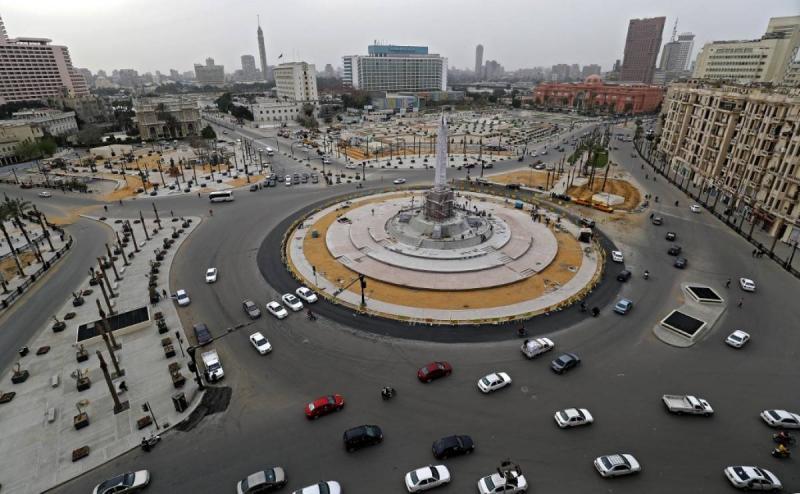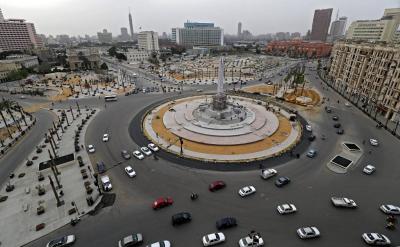The Egyptian economy achieved a GDP growth of 7.7% during the last quarter of the fiscal year 2020/2021, which ended in June, according to a statement from the Egyptian Cabinet on its official page. During a Cabinet meeting on Wednesday, Planning and Economic Development Minister Hala Saeed noted that preliminary results for the entire previous fiscal year indicate an economic growth rate of 3.3%. Saeed mentioned that annual GDP growth rates were impacted by the repercussions of the "Corona" pandemic, as the economic growth rate during the fiscal year 2019/2020 declined to 3.6%, compared to approximately 5.6% growth achieved during the previous fiscal year. She stated that growth is expected to rise to 5.4% during the current fiscal year, which will end in June 2022, supported by significant expected growth in the performance indicators of the first and second quarters.
Dr. Hala Saeed said that many economic activities achieved positive growth rates during the last quarter of the previous fiscal year, and the contraction in the economic activities most affected by the COVID-19 crisis, such as restaurants, hotels, manufacturing industries, construction, natural gas, and electricity, turned into achieving substantial positive growth rates. Many economic activities maintained positive growth rates during the crisis, especially communications, the Suez Canal, real estate activities, and wholesale and retail trade.
**Credit Rating and Consumer Sector Activity**
Fitch Ratings maintains Egypt's credit rating at +B, expecting real GDP growth to accelerate to 6% this year, and 3% for the year ending in June 2021. However, data released today indicated a growth rate exceeding expectations, reaching 3.3%. The agency, in a recent report on Egypt's consumer sector, pointed out that the sector has performed strongly despite the challenges of the pandemic, attributing this performance to government policies aimed at supporting groups affected by the COVID-19 crisis, in addition to the flow of remittances from abroad, relative control of inflation, and an expansionary monetary policy that supports the purchasing power of households.




